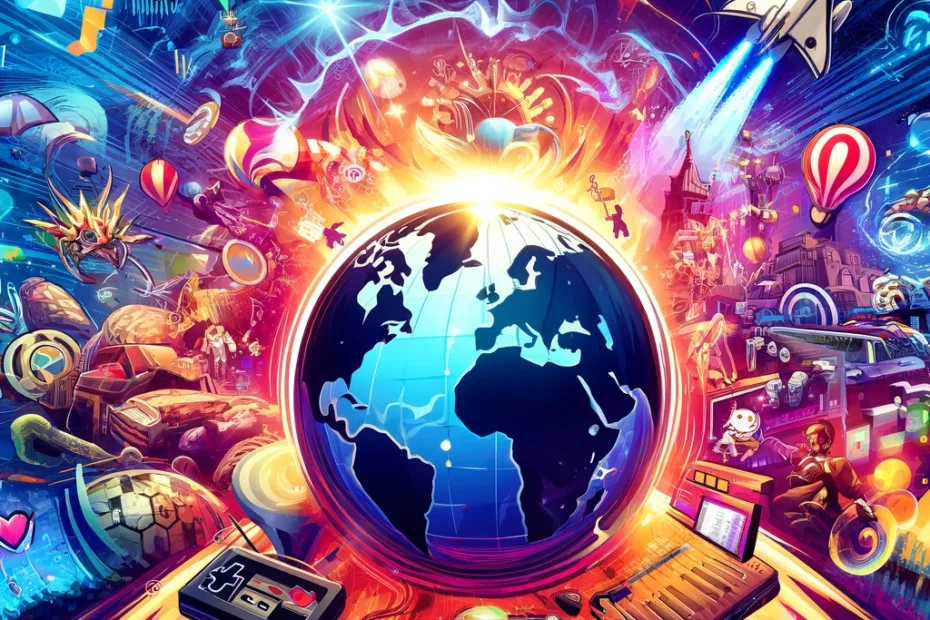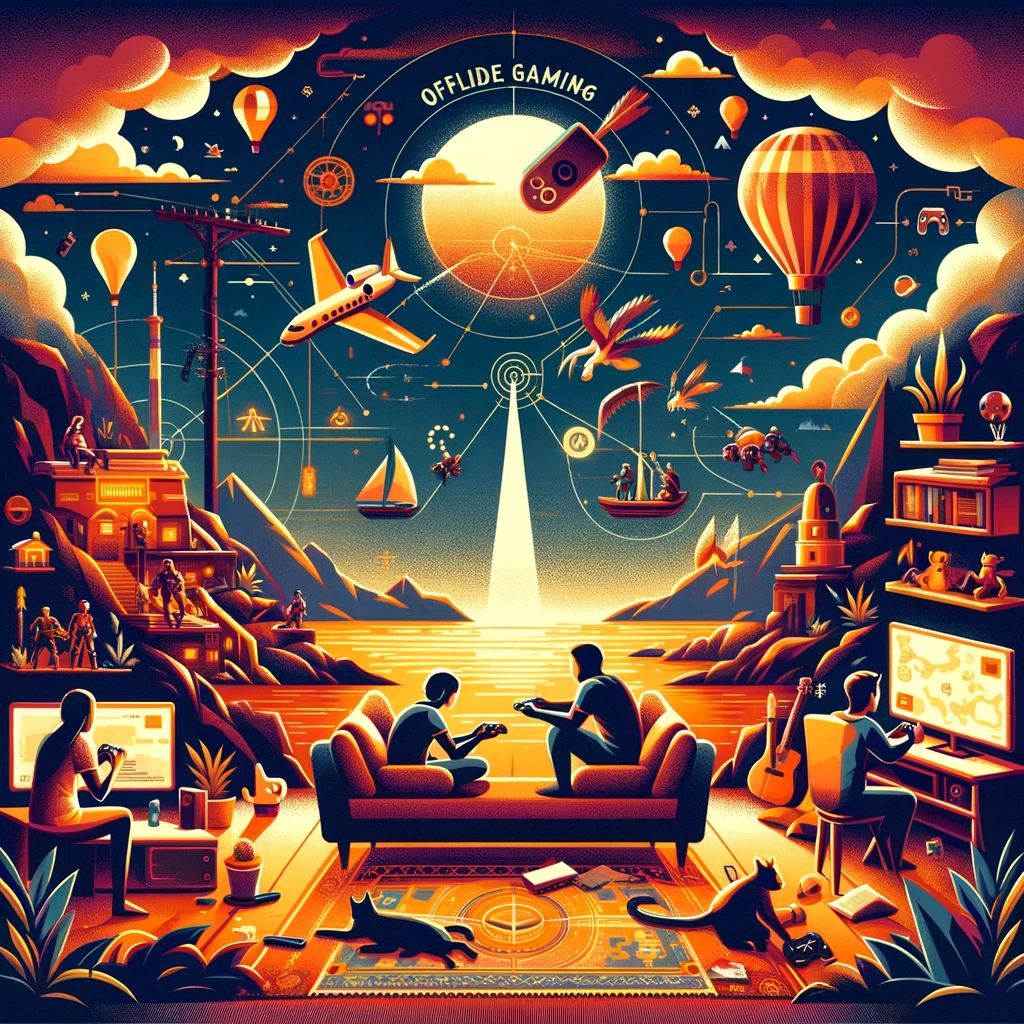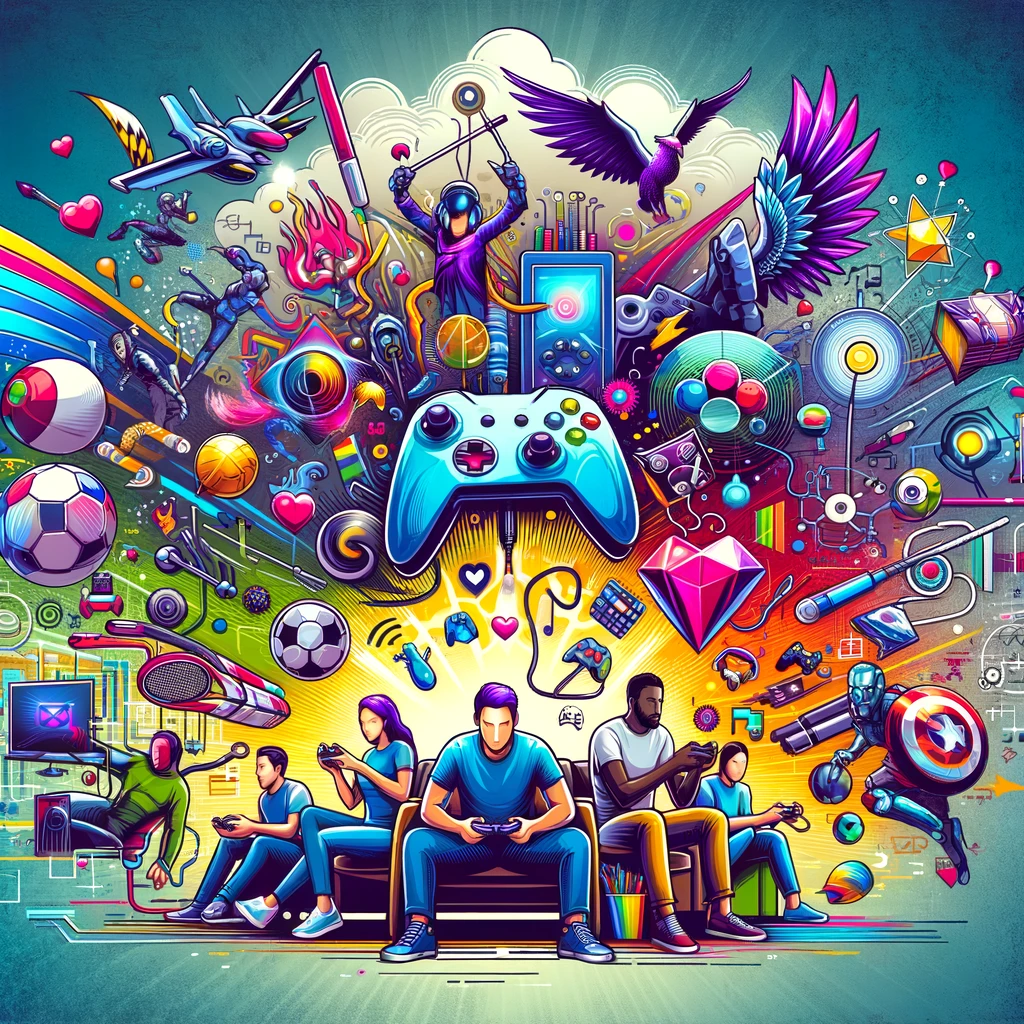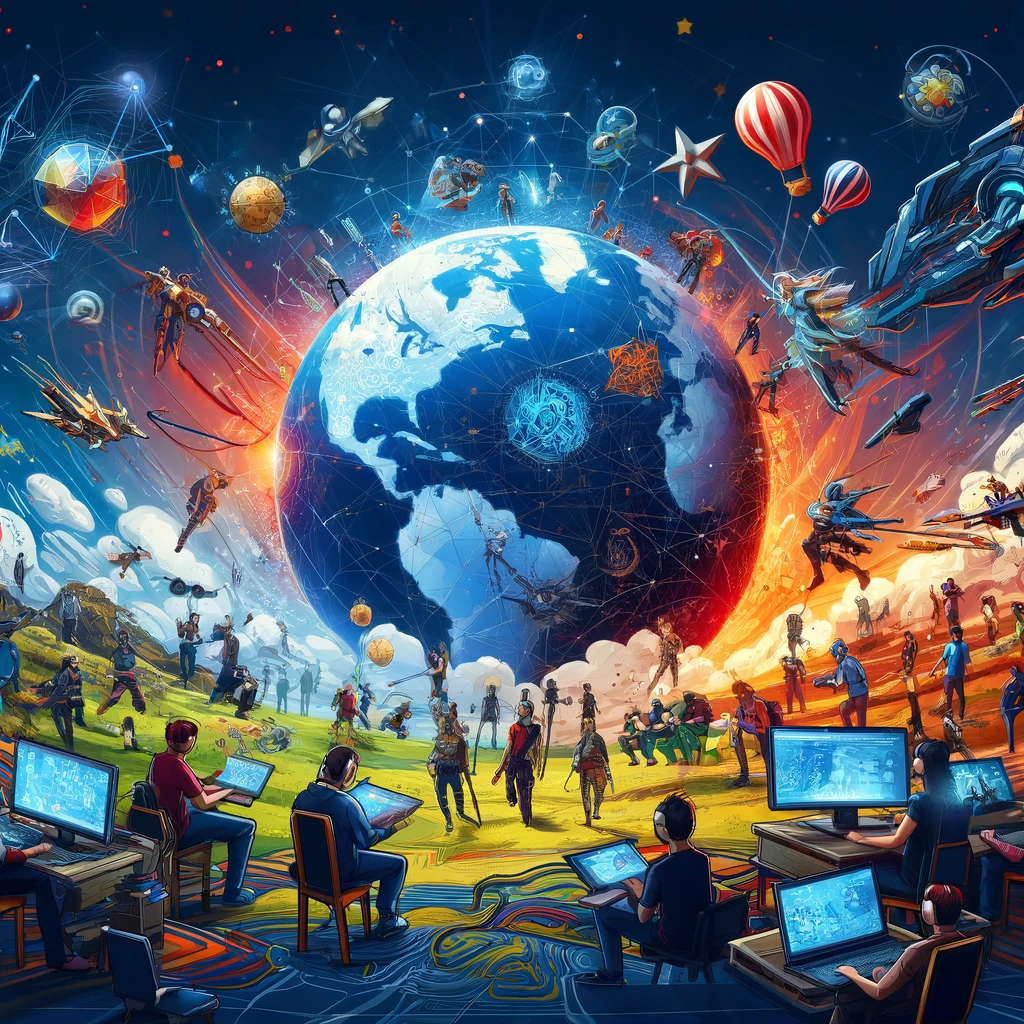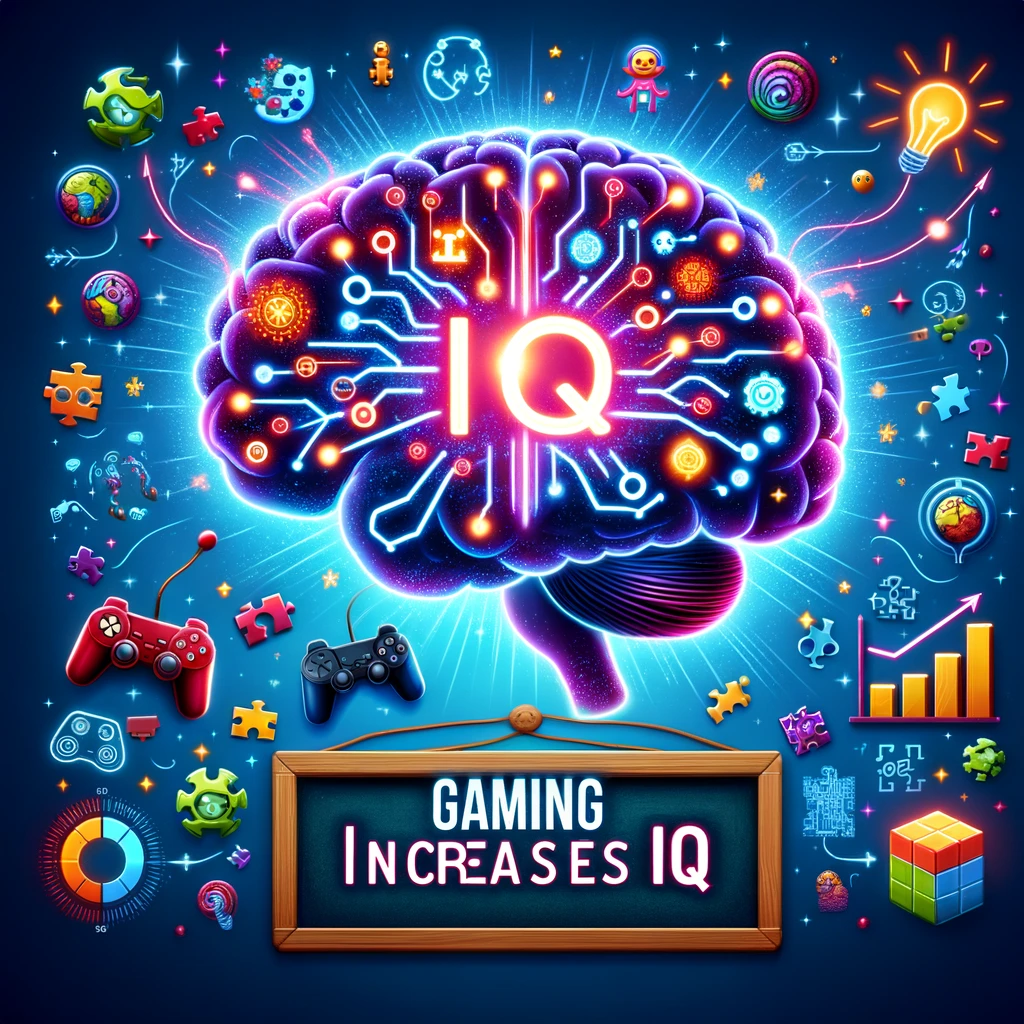Introduction
The gaming world has evolved from a niche hobby to a cornerstone of modern entertainment, captivating audiences worldwide. From pixelated screens in dimly lit arcades to breathtaking virtual realities, gaming has continually reinvented itself, pushing the boundaries of technology and creativity. This article explores the rich tapestry of the gaming world, tracing its history, celebrating its present, and anticipating its future.
Historical Milestones in Gaming
The story of video games begins in the laboratories of scientists, not as entertainment, but as experiments in computer science. The 1970s marked the birth of home video gaming with the release of the Magnavox Odyssey, the first home gaming console. However, it was the arcade game Pong that captured the public’s imagination, setting off a global gaming craze. The 80s and 90s saw the rise of iconic consoles like the Nintendo Entertainment System (NES) and the Sony PlayStation, which brought gaming into the living room and introduced the world to beloved characters like Mario and Sonic.
This period also witnessed the birth of the PC gaming market, with titles like Doom popularizing the first-person shooter genre. The late 90s and early 2000s saw the advent of 3D graphics and the rise of online gaming, forever changing the landscape of the gaming world. These technological advancements allowed for more complex and immersive game worlds, leading to the creation of sprawling virtual universes in MMOs like World of Warcraft.

The Digital Revolution and Online Gaming
The internet era ushered in a digital revolution in gaming, transforming how games are distributed, played, and perceived. Digital distribution platforms like Steam made it easier for indie developers to reach large audiences, democratizing game development. Online gaming evolved with the rise of MMOs and multiplayer experiences, creating vast online communities and reshaping social interactions within the gaming space.
Social gaming, particularly on platforms like Facebook, introduced video games to a broader demographic, while mobile gaming brought gaming to the palm of our hands, making it an integral part of daily life for millions. This era also saw the emergence of cloud gaming services, promising a future where high-quality gaming experiences can be streamed to any device, breaking down the hardware barriers that once limited access to gaming.

Gaming Genres and Their Evolution
From the straightforward gameplay of early arcade games to the complex narratives and worlds of today’s titles, gaming genres have evolved significantly. Platformers, RPGs, strategy games, and shooters have each undergone transformations, influenced by technological advancements and changing player expectations. This section explores the origins of these genres and their journey through the years, highlighting landmark games that have defined and redefined their categories.

Technological Innovations Shaping the Future
The future of gaming is being shaped by groundbreaking technologies like Virtual Reality (VR), Augmented Reality (AR), and cloud computing. VR and AR offer immersive experiences that blur the line between game worlds and reality, while cloud gaming promises a future where high-quality games can be streamed to any device, making gaming more accessible than ever. This section discusses these technologies and their potential to revolutionize the gaming experience.

Gaming Culture and Community
Gaming culture has grown from a niche hobby to a significant part of global culture, with communities forming around favorite games, genres, and platforms. Esports has turned competitive gaming into a spectator sport, drawing audiences that rival traditional sports. Streaming platforms like Twitch and YouTube have created new opportunities for gamers to share their experiences and for fans to engage with content creators. This section delves into the impact of community and culture on the gaming world.
Conclusion
The journey of the gaming world from niche hobby to a pillar of global entertainment is a testament to the enduring appeal and adaptability of video games. As we look to the future, it’s clear that gaming will continue to evolve, driven by technological advancements, changing cultural attitudes, and the boundless creativity of developers and players alike. The gaming world stands on the brink of new frontiers, ready to explore new realities, tell new stories, and bring people together in ways we’ve only begun to imagine.
